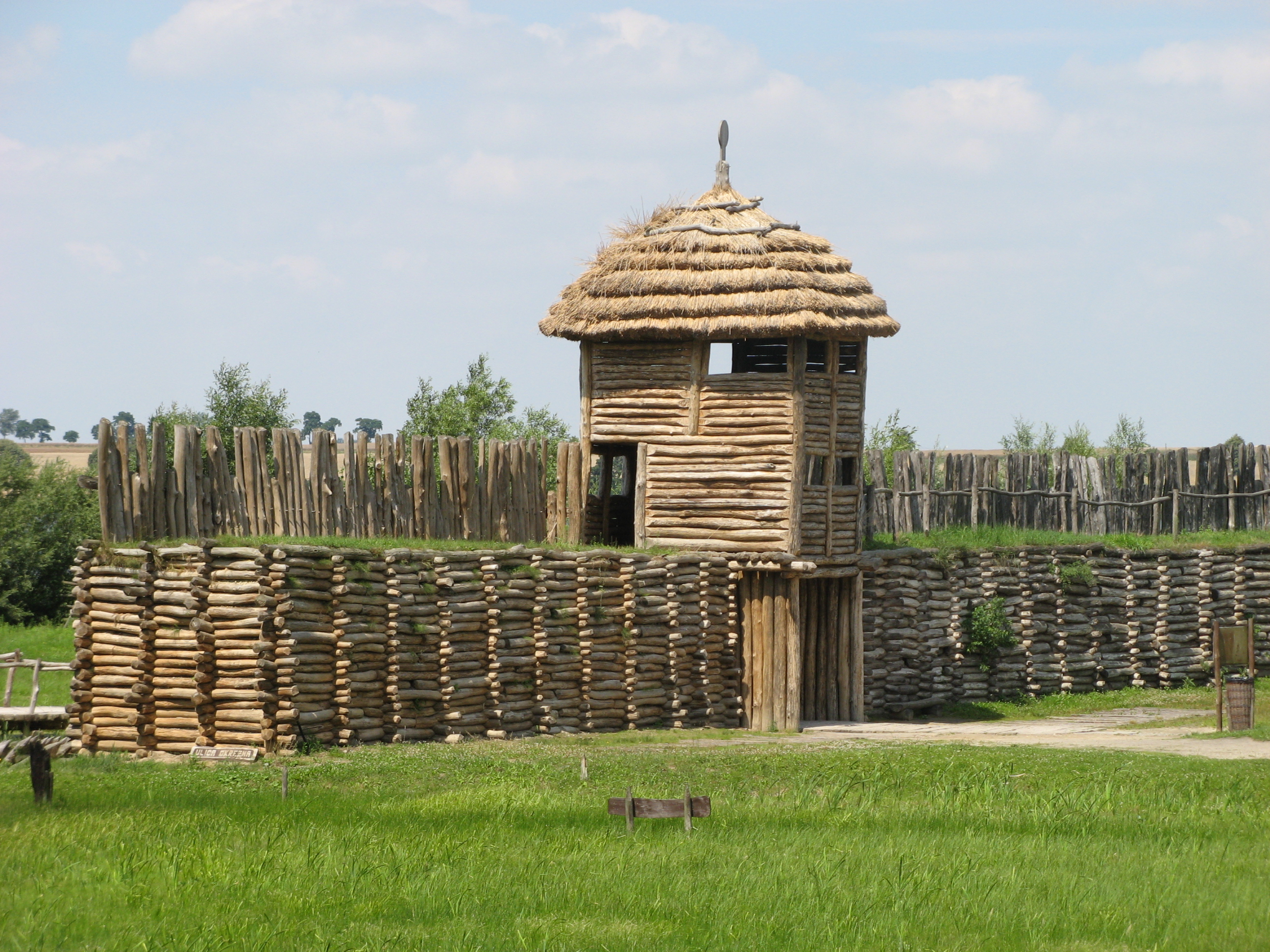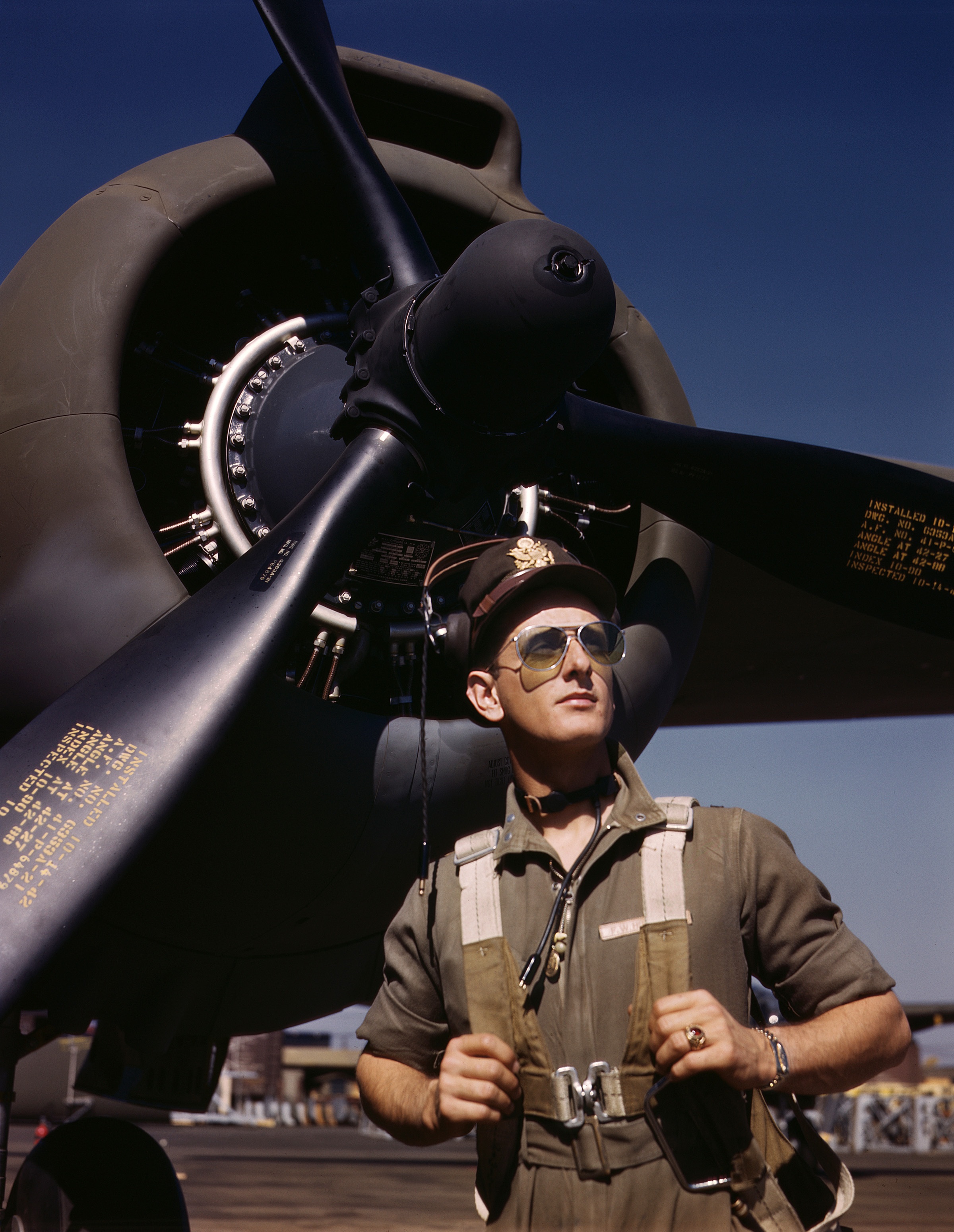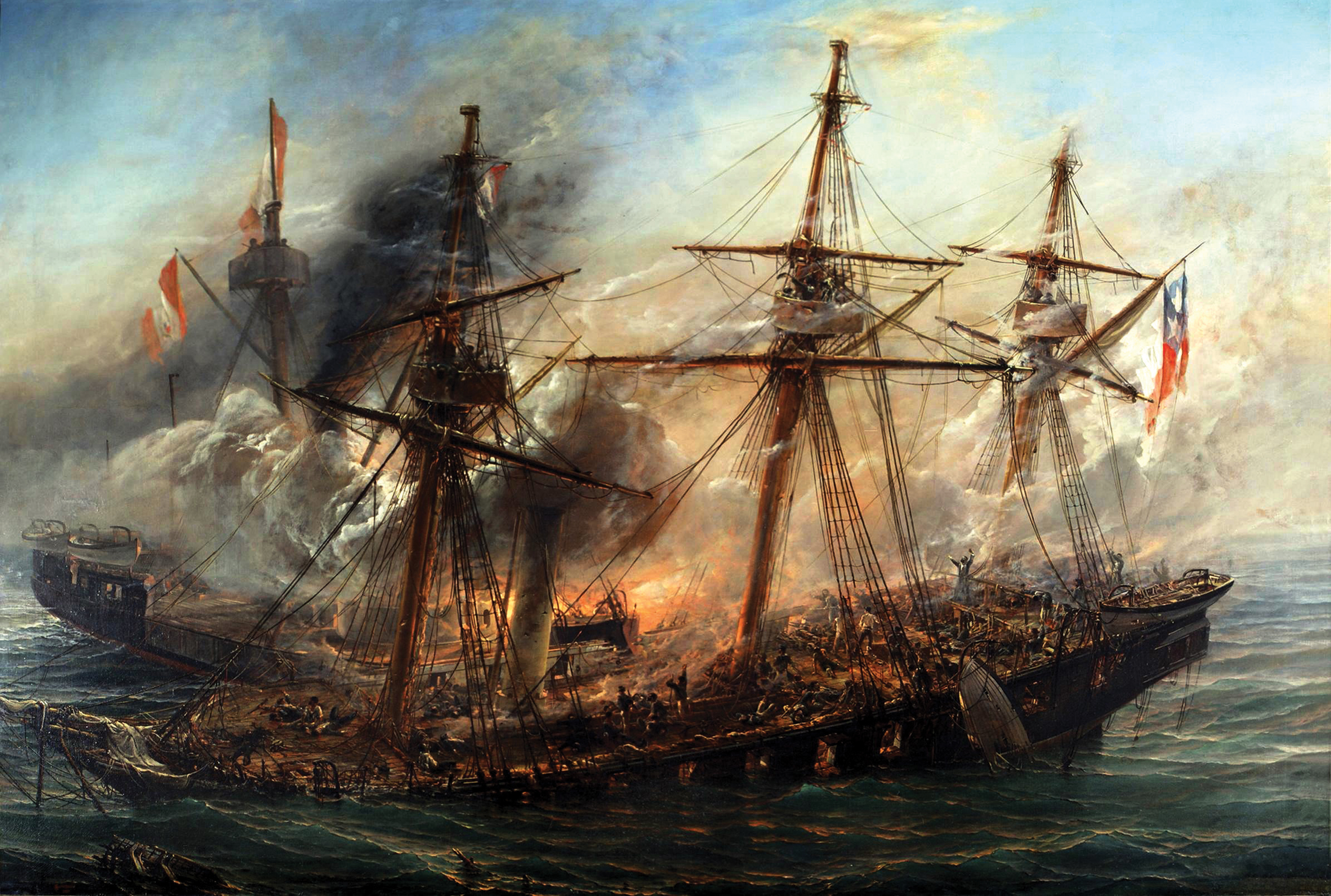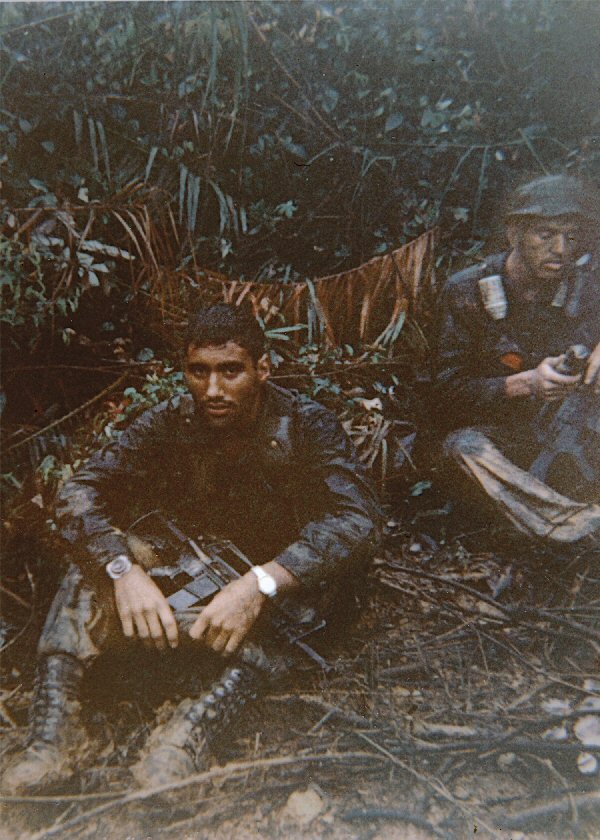|
Dangerous Moonlight
''Dangerous Moonlight'' (US: ''Suicide Squadron'') is a 1941 British film, directed by Brian Desmond Hurst and starring Anton Walbrook. Among the costumes, the gowns were designed by Cecil Beaton. The film is best known for its score written by Richard Addinsell, orchestrated by Roy Douglas, which includes the ''Warsaw Concerto''. ''Dangerous Moonlights love-story plot, told mainly in flashbacks, revolves around the fictional composer of the ''Warsaw Concerto'', a piano virtuoso and "shell-shocked" combat pilot, who meets an American war correspondent in Warsaw, and later returns from America to join the RAF in England to continue to fight against the Germans and their occupation of Poland.Jahiel, Edwin"Dangerous Moonlight (UK, 1941)."''Movie Reviews by Edwin Jahiel''. Retrieved: 7 May 2012. Plot During the German invasion of Poland, Polish airman and piano virtuoso Stefan Radecki ( Anton Walbrook) meets American reporter Carole Peters (Sally Gray). He volunteers to ... [...More Info...] [...Related Items...] OR: [Wikipedia] [Google] [Baidu] |
Brian Desmond Hurst
Brian Desmond Hurst (12 February 1895 – 26 September 1986) was a Belfast-born film director. With over thirty films in his filmography, Hurst has been hailed as Northern Ireland's best film director.Screening will honour 'NI's best film director' News Letter 12 February 2015 Mike Catto, film critic, BBC and Radio Ulster He is perhaps best known for the 1951 '' A Christmas Carol'' adaptation ''Scrooge''. Early life Hurst was born at 23 Ribble Street, Belfast, into a working-class family. He attended the New Road School, a public elementary school in East Belfast.Theirs is the Glory- 65th Anniversary of the making of the film, Ministory number 106, author Allan Esler Smith, published by Friends of the Airborne Museum Oosterbeek, November 2010. Hurst's father, Robert senior, and brother, Robert junior, were iron-workers in the Harland and Wolff shipyard. In August 1914, at the outbreak of World War I, Hurst enlisted as a private in the British Army. He saw service with the ... [...More Info...] [...Related Items...] OR: [Wikipedia] [Google] [Baidu] |
Warsaw Concerto
The ''Warsaw Concerto'' is a short work for piano and orchestra by Richard Addinsell, written for the 1941 British film ''Dangerous Moonlight'', which is about the Polish struggle against the 1939 invasion by Nazi Germany. In performance it normally lasts just under ten minutes. The concerto is an example of programme music, representing both the struggle for Warsaw and the romance of the leading characters in the film. It became very popular in Britain during World War II. The concerto is written in imitation of the style of Sergei Rachmaninoff. It initiated a trend for similar short piano concertos in the Romantic style, which have been dubbed "tabloid concertos", or " Denham concertos" (the latter term coined by Steve Race). Background The composer, Richard Addinsell, was born in London and initially studied law before turning to a career in music. His time at the Royal College of Music was brief, as he was soon drawn to musical theatre, and he also wrote for radio, but h ... [...More Info...] [...Related Items...] OR: [Wikipedia] [Google] [Baidu] |
Percy Parsons
Edward Percy Parsons (1878–1944) was an American actor and singer who worked largely in the British film industry. Selected filmography * ''Suspense'' (1930) * ''Beyond the Cities'' (1930) * ''Creeping Shadows'' (1931) * '' Strictly Business'' (1931) * '' Happy Ever After'' (1932) * '' Sleepless Nights'' (1932) * '' The Man from Toronto'' (1933) * '' This Is the Life'' (1933) * '' Red Wagon'' (1933) * '' Red Ensign'' (1934) * '' Princess Charming'' (1934) * '' My Heart is Calling'' (1935) * '' The Big Splash'' (1935) * '' Rhodes of Africa'' (1936) * '' The Gay Adventure'' (1936) * ''Twelve Good Men'' (1936) * '' Strangers on Honeymoon'' (1936) * ''Victoria the Great'' (1937) * ''The Song of the Road'' (1937) * ''Non-Stop New York'' (1937) * '' Said O'Reilly to McNab'' (1937) * ''Blondes for Danger'' (1938) * '' The Four Just Men'' (1939) * '' Hi Gang!'' (1942) * ''They Flew Alone ''They Flew Alone'' (released in the US as ''Wings and the Woman'') is a 1942 British biopic abou ... [...More Info...] [...Related Items...] OR: [Wikipedia] [Google] [Baidu] |
The Blitz
The Blitz was a German bombing campaign against the United Kingdom in 1940 and 1941, during the Second World War. The term was first used by the British press and originated from the term , the German word meaning 'lightning war'. The Germans conducted mass air attacks against industrial targets, towns, and cities, beginning with raids on London towards the end of the Battle of Britain in 1940 (a battle for daylight air superiority between the Luftwaffe and the Royal Air Force over the United Kingdom). By September 1940, the Luftwaffe had lost the Battle of Britain and the German air fleets () were ordered to attack London, to draw RAF Fighter Command into a battle of annihilation.Price 1990, p. 12. Adolf Hitler and Reichsmarschall Hermann Göring, commander-in-chief of the Luftwaffe, ordered the new policy on 6 September 1940. From 7 September 1940, London was systematically bombed by the Luftwaffe for 56 of the following 57 days and nights. Most notable was a large d ... [...More Info...] [...Related Items...] OR: [Wikipedia] [Google] [Baidu] |
Battle Of Britain
The Battle of Britain, also known as the Air Battle for England (german: die Luftschlacht um England), was a military campaign of the Second World War, in which the Royal Air Force (RAF) and the Fleet Air Arm (FAA) of the Royal Navy defended the United Kingdom (UK) against large-scale attacks by Nazi Germany's air force, the Luftwaffe. It was the first major military campaign fought entirely by air forces."92 Squadron – Geoffrey Wellum." ''Battle of Britain Memorial Flight'' via ''raf.mod.uk.''. Retrieved: 17 November 2010, archived 2 March 2009. The British officially recognise the battle's duration as being from 10 July until 31 October 1940, which overlaps the period of large-scale night attacks known as |
Invasion Of Poland
The invasion of Poland (1 September – 6 October 1939) was a joint attack on the Republic of Poland by Nazi Germany and the Soviet Union which marked the beginning of World War II. The German invasion began on 1 September 1939, one week after the signing of the Molotov–Ribbentrop Pact between Germany and the Soviet Union, and one day after the Supreme Soviet of the Soviet Union had approved the pact. The Soviets invaded Poland on 17 September. The campaign ended on 6 October with Germany and the Soviet Union dividing and annexing the whole of Poland under the terms of the German–Soviet Frontier Treaty. The invasion is also known in Poland as the September campaign ( pl, kampania wrześniowa) or 1939 defensive war ( pl, wojna obronna 1939 roku, links=no) and known in Germany as the Poland campaign (german: Überfall auf Polen, Polenfeldzug). German forces invaded Poland from the north, south, and west the morning after the Gleiwitz incident. Slovak military forces ... [...More Info...] [...Related Items...] OR: [Wikipedia] [Google] [Baidu] |
Poland
Poland, officially the Republic of Poland, , is a country in Central Europe. Poland is divided into Voivodeships of Poland, sixteen voivodeships and is the fifth most populous member state of the European Union (EU), with over 38 million people, and the List of European countries by area, seventh largest EU country, covering a combined area of . It extends from the Baltic Sea in the north to the Sudetes and Carpathian Mountains in the south, bordering seven countries. The territory is characterised by a varied landscape, diverse ecosystems, and Temperate climate, temperate transitional climate. The capital and List of cities and towns in Poland, largest city is Warsaw; other major cities include Kraków, Wrocław, Łódź, Poznań, and Gdańsk. Prehistory and protohistory of Poland, Humans have been present on Polish soil since the Lower Paleolithic, with continuous settlement since the end of the Last Glacial Period over 12,000 years ago. Culturally diverse throughout ... [...More Info...] [...Related Items...] OR: [Wikipedia] [Google] [Baidu] |
History Of Poland (1939-1945)
The history of Poland spans over a thousand years, from medieval tribes, Christianization and monarchy; through Poland's Golden Age, expansionism and becoming one of the largest European powers; to its collapse and partitions, two world wars, communism, and the restoration of democracy. The roots of Polish history can be traced to ancient times, when the territory of present-day Poland was settled by various tribes including Celts, Scythians, Germanic clans, Sarmatians, Slavs and Balts. However, it was the West Slavic Lechites, the closest ancestors of ethnic Poles, who established permanent settlements in the Polish lands during the Early Middle Ages.. The Lechitic Western Polans, a tribe whose name means "people living in open fields", dominated the region and gave Poland - which lies in the North-Central European Plain - its name. The first ruling dynasty, the Piasts, emerged in the 10th century AD. Duke Mieszko I is considered the ''de facto'' creator of t ... [...More Info...] [...Related Items...] OR: [Wikipedia] [Google] [Baidu] |
England
England is a country that is part of the United Kingdom. It shares land borders with Wales to its west and Scotland to its north. The Irish Sea lies northwest and the Celtic Sea to the southwest. It is separated from continental Europe by the North Sea to the east and the English Channel to the south. The country covers five-eighths of the island of Great Britain, which lies in the North Atlantic, and includes over 100 smaller islands, such as the Isles of Scilly and the Isle of Wight. The area now called England was first inhabited by modern humans during the Upper Paleolithic period, but takes its name from the Angles, a Germanic tribe deriving its name from the Anglia peninsula, who settled during the 5th and 6th centuries. England became a unified state in the 10th century and has had a significant cultural and legal impact on the wider world since the Age of Discovery, which began during the 15th century. The English language, the Anglican Church, and Eng ... [...More Info...] [...Related Items...] OR: [Wikipedia] [Google] [Baidu] |
Aviator
An aircraft pilot or aviator is a person who controls the flight of an aircraft by operating its directional flight controls. Some other aircrew members, such as navigators or flight engineers, are also considered aviators, because they are involved in operating the aircraft's navigation and engine systems. Other aircrew members, such as drone operators, flight attendants, mechanics and ground crew, are not classified as aviators. In recognition of the pilots' qualifications and responsibilities, most militaries and many airlines worldwide award aviator badges to their pilots. History The first recorded use of the term ''aviator'' (''aviateur'' in French) was in 1887, as a variation of ''aviation'', from the Latin ''avis'' (meaning ''bird''), coined in 1863 by in ''Aviation Ou Navigation Aérienne'' ("Aviation or Air Navigation"). The term ''aviatrix'' (''aviatrice'' in French), now archaic, was formerly used for a female aviator. These terms were used more in the ... [...More Info...] [...Related Items...] OR: [Wikipedia] [Google] [Baidu] |
Combat
Combat (French for ''fight'') is a purposeful violent conflict meant to physically harm or kill the opposition. Combat may be armed (using weapons) or unarmed ( not using weapons). Combat is sometimes resorted to as a method of self-defense, or can be used as a tool to impose one's will on others. An instance of combat can be a stand-alone confrontation or a small part of a much larger violent conflict. Instances of combat may also be benign and recreational, as in the cases of combat sports and mock combat. Combat may comply with, or be in violation of local or international laws regarding conflict. Examples of rules include the Geneva Conventions (covering the treatment of people in war), medieval chivalry, the Marquess of Queensberry rules (covering boxing) and several forms of combat sports. Hand-to-hand combat Hand-to-hand combat ( melee) is combat at very close range, attacking the opponent with the body (striking, kicking, strangling, etc.) and/or with a mele ... [...More Info...] [...Related Items...] OR: [Wikipedia] [Google] [Baidu] |
Combat Stress Reaction
Combat stress reaction (CSR) is acute behavioral disorganization as a direct result of the trauma of war. Also known as "combat fatigue", "battle fatigue", or "battle neurosis", it has some overlap with the diagnosis of acute stress reaction used in civilian psychiatry. It is historically linked to shell shock and can sometimes precurse post-traumatic stress disorder. Combat stress reaction is an acute reaction that includes a range of behaviors resulting from the stress of battle that decrease the combatant's fighting efficiency. The most common symptoms are fatigue, slower reaction times, indecision, disconnection from one's surroundings, and the inability to prioritize. Combat stress reaction is generally short-term and should not be confused with acute stress disorder, post-traumatic stress disorder, or other long-term disorders attributable to combat stress, although any of these may commence as a combat stress reaction. The US Army uses the term/acronym COSR (Combat Stress ... [...More Info...] [...Related Items...] OR: [Wikipedia] [Google] [Baidu] |








